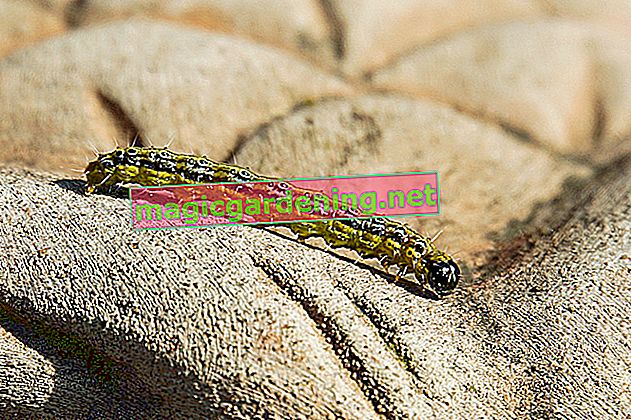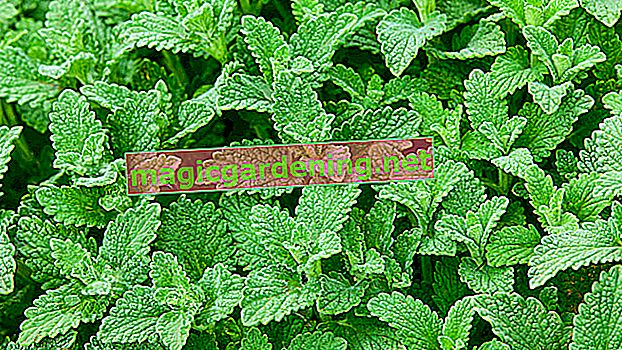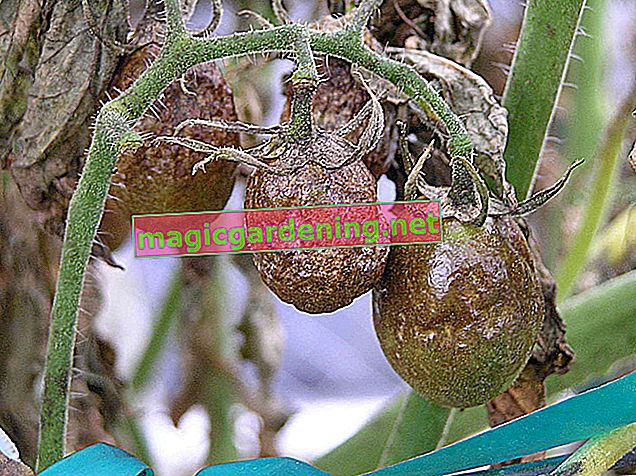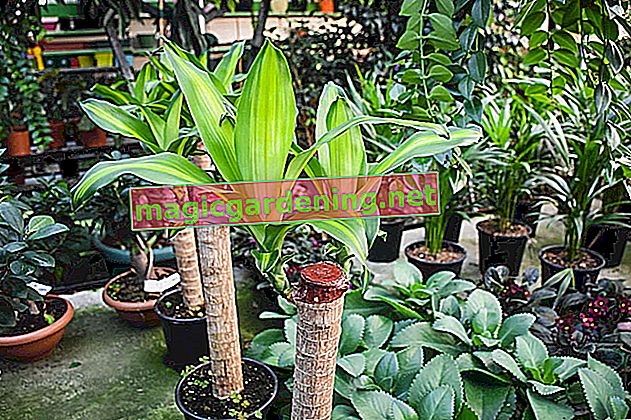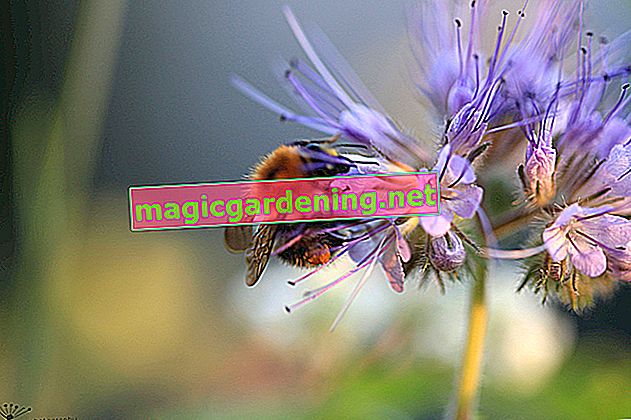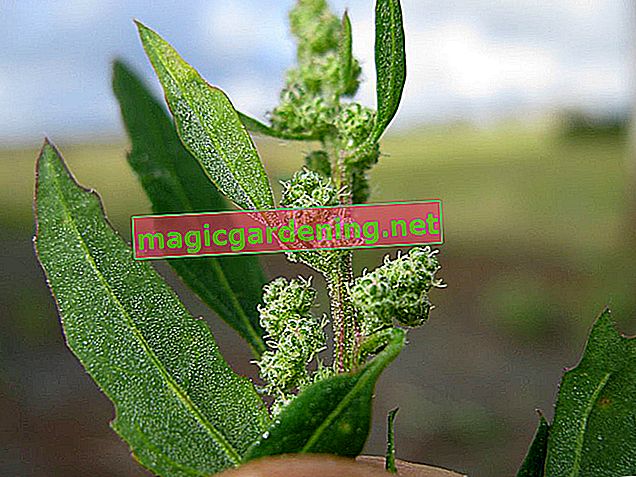
Location and substrate
Chives need a loose and nutritious soil, which should also be rather moist. You can loosen up loamy soil with humus and sand, as the plant does not tolerate waterlogging. Otherwise he feels very comfortable in a sunny to partially shaded spot - only full sun and shade are to be avoided.
also read
- Are chives hardy?
- Chives: Using the leaves and flowers
- Planting chives - in the garden and in pots
Watering and fertilizing
Always keep the plant moist, but avoid waterlogging. Specimens planted in the garden should be watered regularly, especially in summer dry periods. An organic vegetable fertilizer is recommended for fertilization, which can be added to the irrigation water every four weeks. In addition, provide the plant with ripe compost in spring. In winter, however, there is no fertilization.
Harvesting and wintering
Garlic chives is a perennial plant whose parts above ground die off completely in the cold season. However, it sprouts quickly the following spring. If you want to harvest all year round, you should cultivate the chives-garlic in a pot and overwinter at around 12 to 18 ° C in a bright place. Garlic chives that have been planted out can be harvested from June to October. Cut the stalks a few inches above the ground and, if possible, do not harvest the whole plant. As with chives, the flowers and buds can also be used in the kitchen.
Good neighbors / bad neighbors
Similar to chives, chives go very well with cucumbers, tomatoes, strawberries, carrots and nasturtiums. A mixed culture with other leeks (especially leeks) as well as cabbage vegetables, beans and peas should be avoided.
Tips & Tricks
The easiest way to multiply the garlic chives is also by dividing them. In order to rejuvenate, this measure should be carried out about every three years. The division takes place either in early spring or in late autumn.

